1 Definition of Life
Study Guide
Learn Objectives
- Identify the core characteristics that define “life.”
- Identify the commonalities and differences among various definitions of “life.”
- Discuss the challenges of settling on a single definition of life.
Key Concepts and Terms
- Order
- Sensitivity to stimuli
- Reproduction
- Homeostasis
- Adaptation
- Evolution
- Growth and development
- Energy processing
Biology is the science that studies life. What exactly is life? This may sound like a silly question with an obvious answer, but it is not easy to define life. For example, a branch of biology called virology studies viruses, which exhibit some of the characteristics of living entities but lack others. Although viruses can attack living organisms, cause diseases, and even reproduce, they do not meet the criteria that biologists use to define life.
From its earliest beginnings, biology has wrestled with four questions: What are the shared properties that make something “alive”? How do those various living things function? When faced with the remarkable diversity of life, how do we organize the different kinds of organisms so that we can better understand them? Finally, what biologists ultimately seek to understand is how this diversity arises and how it continues. As new organisms are discovered every day, biologists continue to seek answers to these and other questions.
Properties of Life
All groups of living organisms share several key characteristics or functions: order, sensitivity or response to stimuli, reproduction, adaptation, growth and development, regulation, homeostasis, and energy processing. When viewed together, these characteristics serve to define life.
Order (Cells)
Cells are considered the most basic units of life because they represent discrete units that can independently embody all of the other characteristics listed below. All life living things consist of one or more cells. Even very simple, single-celled organisms are remarkably complex. Inside each cell, atoms make up molecules. These in turn make up cell components or organelles. Multicellular organisms, which may consist of millions of individual cells, have an advantage over single-celled organisms in that their cells can be specialized to perform specific functions and even sacrificed in certain situations for the good of the organism as a whole. How these specialized cells come together to form organs such as the heart, lung, or skin in organisms like the toad shown in Figure 1 will be discussed later.
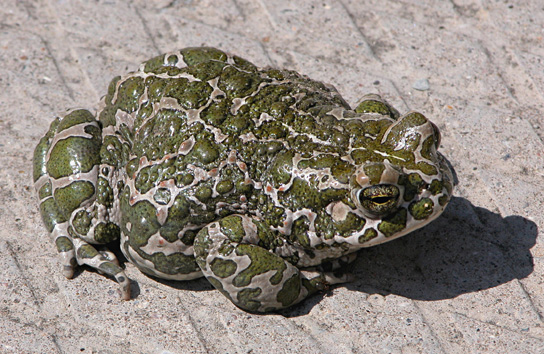
Sensitivity or Response to Stimuli
Organisms respond to diverse stimuli. For example, plants can grow toward a source of light or respond to touch (Figure 2). Even tiny bacteria can move toward or away from chemicals (a process called chemotaxis) or light (phototaxis). The movement toward a stimulus is considered a positive response, while the movement away from a stimulus is considered a negative response.
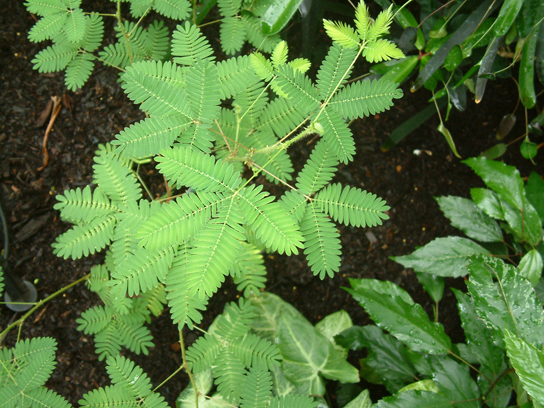
Reproduction
Single-celled organisms reproduce by first duplicating their DNA, which is the genetic material, and then dividing it equally as the cell prepares to divide to form two new cells. Many multicellular organisms (those made up of more than one cell) produce specialized reproductive cells that will form new individuals. When reproduction occurs, DNA, which encodes genes, is passed along to an organism’s offspring. These genes are the reason that the offspring will belong to the same species and will have characteristics similar to the parent, such as fur color and blood type.
Growth and Development
All organisms grow and develop according to specific instructions coded for by their genes. These genes provide instructions that will direct cellular growth and development, ensuring that a species’ young (Figure 3) will grow up to exhibit many of the same characteristics as its parents.
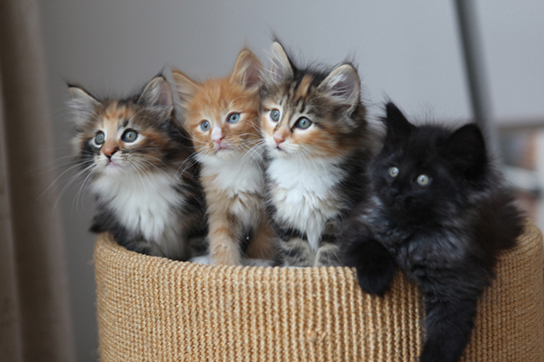
Regulation/Homeostasis
Even the smallest organisms are complex and require multiple regulatory mechanisms to coordinate internal functions, such as the transport of nutrients, response to stimuli, and coping with environmental stresses. For example, organ systems such as the digestive or circulatory systems perform specific functions like carrying oxygen throughout the body, removing wastes, delivering nutrients to every cell, and cooling the body.
To function properly, cells require appropriate conditions such as proper temperature, pH, and concentrations of diverse chemicals. These conditions may, however, change from one moment to the next. Organisms are able to maintain internal conditions within a narrow range almost constantly, despite environmental changes, through a process called homeostasis or “steady state”—the ability of an organism to maintain constant internal conditions. For example, many organisms regulate their body temperature in a process known as thermoregulation. Organisms that live in cold climates, such as the polar bear (Figure 4), have body structures that help them withstand low temperatures and conserve body heat. In hot climates, organisms have methods (such as perspiration in humans or panting in dogs) that help them to shed excess body heat.
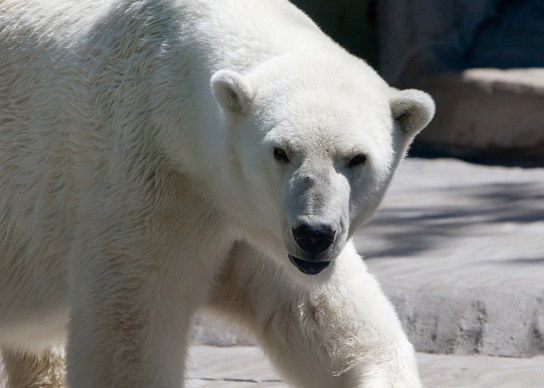
Energy Processing
All organisms (such as the California condor shown in Figure 5) use a source of energy for their metabolic activities. Some organisms capture energy from the Sun and convert it into chemical energy in food; others use chemical energy from molecules they take in.
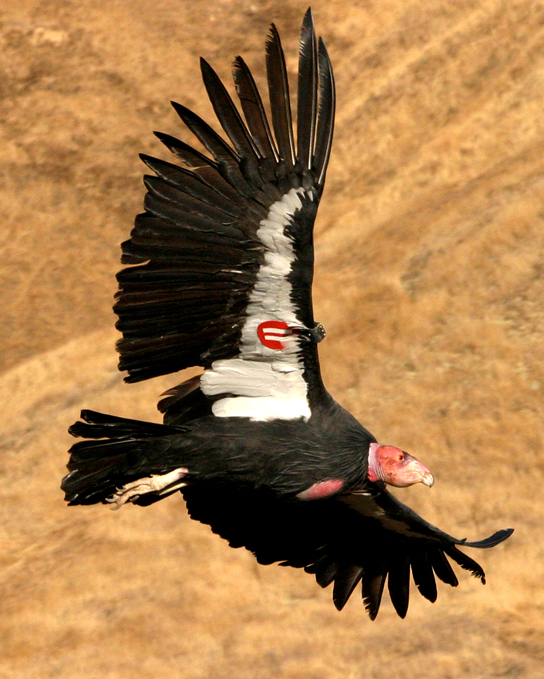
Evolution
The diversity of life on Earth is a result of mutations or random changes in hereditary material over time. These mutations allow the possibility for organisms to adapt to a changing environment. An organism that evolves characteristics fit for the environment will have greater reproductive success, subject to the forces of natural selection.
Evolution by natural selection results in adaptations. All living organisms exhibit a “fit” to their environment. Biologists refer to this fit as adaptation and it is a consequence of evolution by natural selection, which operates in every lineage of reproducing organisms. Examples of adaptations are as diverse as unique heat-resistant Archaea that live in boiling hot springs to the tongue length of a nectar-feeding moth that matches the size of the flower from which it feeds. All adaptations enhance the reproductive potential of the individual exhibiting them, including their ability to survive to reproduce. Adaptations are not constant. As an environment changes, natural selection causes the characteristics of the individuals in a population to track those changes.
Watch the following video to review the characteristics of life. Do the characteristics listed in the video differ from those listed above?
Access for free at https://openstax.org/books/concepts-biology/pages/1-introduction
the study of living organisms and their interactions with one another and their environments

